If youve heard the expression go big or go home, chances are youve heard it from someone who owns a draft horse. Once thought to be just for pulling carts or doing farm work, draft horses are making a name for themselves in everything from dressage to eventing. One of the most popular draft horses is the Shire.
The Shire is the horse most people have seen in pictures and movies about knights and jousting. One of the largest horses in the world, the Shire originated in the 'Shires' of England and is a descendant of the Old English Black Horse Known in England as the Great Horse, during the reign of Henry VIII, from 1509 to 1547, special attention was directed to the raising and breeding of strong horses, and several laws were passed forbidding the use for breeding of horses under 15 hands in height. Being strong and docile they were well suited to carrying the three hundred or so pounds of a fully armored knight into battle. After war, farmers found Shires to be wonderful workers to pull farm equipment and clear marshlands.
With the ever increasing mechanization of the twentieth century, the Shire and other heavy breeds could easily have been allowed to die out, but fortunately there has in recent times been a great revival of interest in these magnificent animals. No show classes are more popular with spectators than those for the 'heavies'. Shires still work the land in some parts of the country Shire horses were the original breed used to pull carts to deliver ale from the breweries. They have also been used in the United Kingdom as ceremonial drum horses in many royal processions. The Drum Horses lead the Household Calvary, ridden by drummers who work the reins with their feet while holding drumsticks in their hands.
With a minimum height of 16.2 hands, today the Shire can stand up to 19 hands (although 17 hands is more the average), and may be bay, brown, black or grey in color. The Shire is an immensely strong, big-barreled horse, with long legs and beautiful feathering. However, in comparison it has a fine head in comparison to its overall size and the back is short, muscular and strong.
The Shire horses are large and need adequate room to move around. If kept in stalls, be sure the stalls are large and well bedded enough to be comfortable for the horse Shire horses are big eaters and should have plenty of fresh hay and clean water available. They have feathered ankles, making good grooming and sanitary conditions essential to avoid pododermititis, or "scratches" (a bacterial infection of the ankle).
This horse is noted for a quiet and calm temperament. Its great strength and docile nature makes horse training for this breed suitable in a variety of disciplines beyond just horse riding. It is well suited for many equestrian disciplines. The Shire has been successful in driving, jumping, dressage, and trail riding - all due to its tractable nature and trainability. Often Shires are crossed with lighter breeds such as Thoroughbreds or Warmbloods to become true sport horses.
Although relatively rare, the Shire is one of the breeds more prone to a condition known as PSSM or Polysaccharide storage myopathy, commonly referred to as "shivers". Symptoms of this condition, neurological in nature, include spasms in the hind limbs and difficulty in backing up. Often the symptoms can be managed with diet, but in extreme conditions the horse cannot raise its hind legs for hoof care and one or both the hind legs spasm when it begins moving. Extreme cases can be career ending, if not fatal.
Because of their large size, easy temperament, beautiful coloring and flashy way of going, the Shire has become increasingly popular in both Europe and North America.

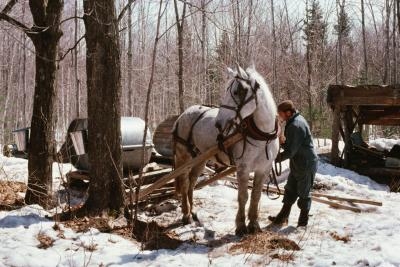 How to Hook Up a Horse Harness
How to Hook Up a Horse Harness
How to
How to Hook Up a Horse Harness
How to Hook Up a Horse Harness
How to
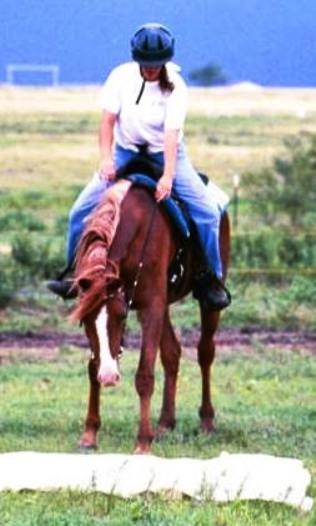 Horse Breaking Techniques
Horse Breaking Techniques
Horse Breaki
Horse Breaking Techniques
Horse Breaking Techniques
Horse Breaki
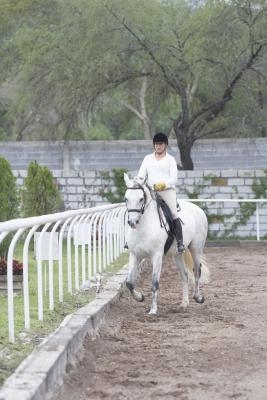 How to Gait a Horse
How to Gait a Horse
How to Gait a Hors
How to Gait a Horse
How to Gait a Horse
How to Gait a Hors
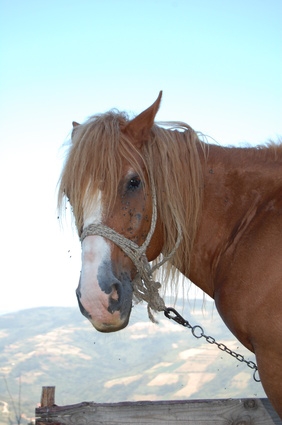 How to Train a Horse to Sit
How to Train a Horse to Sit
How to Tra
How to Train a Horse to Sit
How to Train a Horse to Sit
How to Tra
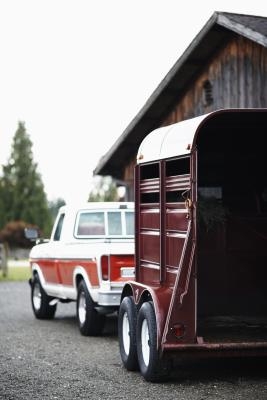 How to Finish a Horse Trailer Living Quarter
How to Finish a Horse Trailer Living Quarter
How to Finish a Horse Trailer Living Quarter
How to Finish a Horse Trailer Living Quarter